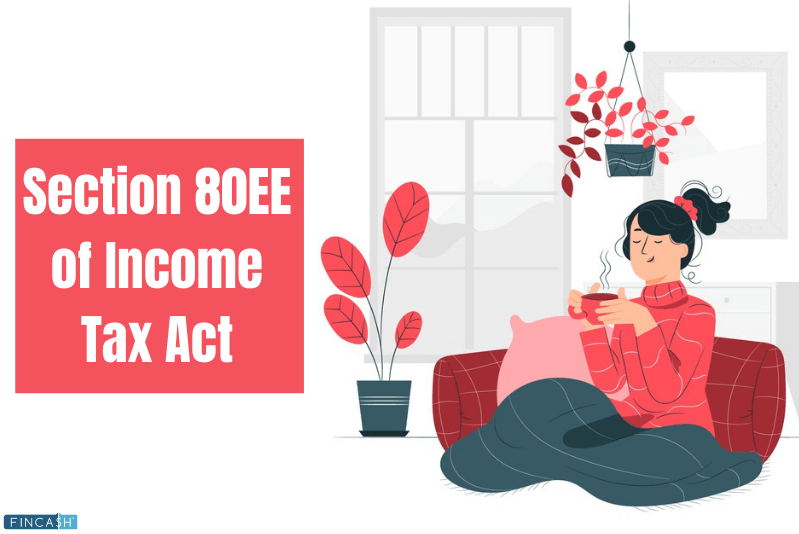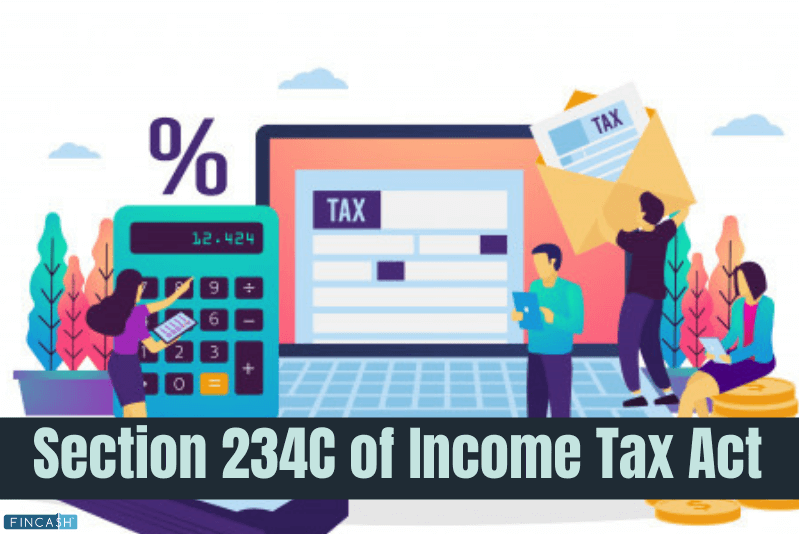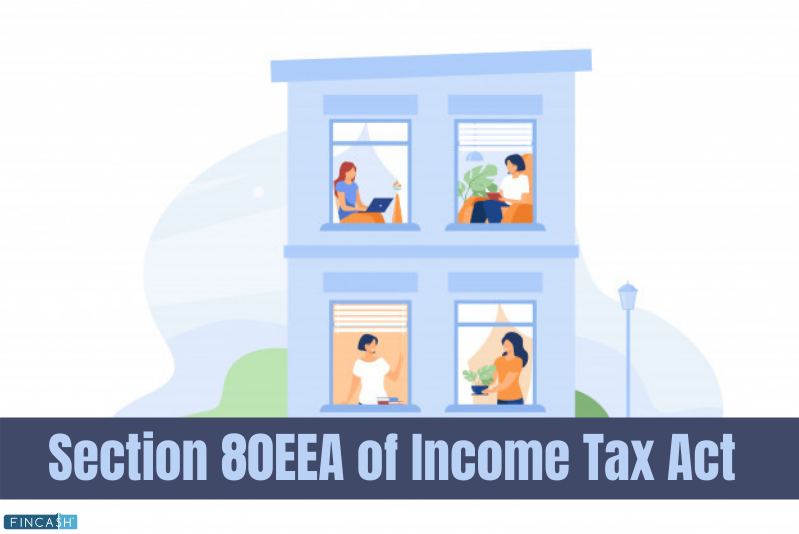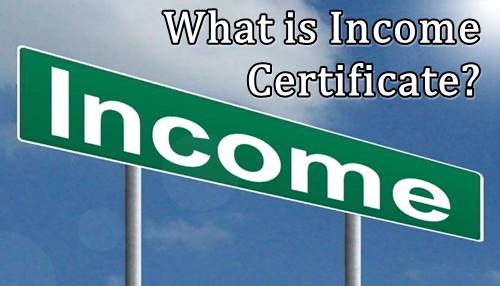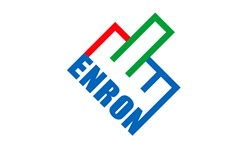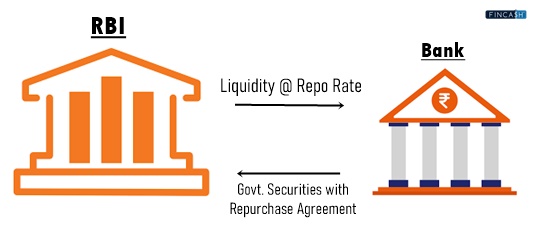Everything about Section 54EC
Section 54EC of the income tax Act includes a provision that provides exemption toward long-term Capital gains arising from the transfer of Land or building when a specific amount is invested in Bonds.

Let’s take a look at the various provisions under Section 54EC.
What are the Provisions under Section 54EC?
The provisions under section 54EC are mentioned below:
- Any registered taxpayer is eligible to avail the exemption under this section.
- The exemption is toward Capital Gain from the transfer of long-term capital asset specifically land or building or both.
- The transfer must be within a period of 6 months from the initial date of transfer.
- The investment in the long-term specified asset cannot be more than Rs. 50 lakhs in a financial year.
| Particulars | Description |
|---|---|
| Persons Included | All categories |
| Capital Transfer | Land or building or both. This should be a long-term capital asset |
| Capital Gain Investment | Long-term specified asset |
What is a Capital Asset?
Under the Income Tax Act 1961, Section 2 (14), capital assets are any kind of property held by a person related to business use or otherwise. These assets include properties that are movable or immovable, fixed, circulating, tangible or intangible. Some of the most popular capital assets are land, car, building, furniture, trademarks, patents, plant, Debentures.
The assets mentioned below are not considered as capital assets anymore:
- Movable property for personal use
- Agricultural land/property in a rural area
- Gold deposit bond under a Gold deposit scheme
- Special bearer bonds
- 6.5% or 7% gold bond o nation defence gold bonds issued by the Central Government of India
Talk to our investment specialist
What is Long-Term Specified Asset?
The explanation of the long-term specified asset is mentioned under sub-section ‘ba’ of section 54EC effective from April 1, 2019. It depends on the period of investment.
1. On or After April 1, 2007
The exemption on bonds issued on or after April 1, 2007, but before April 1, 2018, are by the specifics mentioned below:
- Rural Electrification Corporation Limited
- National Highway Authority of India
- Other Bond as notified in the official gazette
- Bonds redeemable after three years
2. On or After April 1, 2018
- Rural Electrification Corporation Limited
- National Highway Authority of India
- Other Bond as notified in the official gazette
- Bonds redeemable after five years
3. Finance Act
According to the Finance Act, 2017, land or building or both for over a period of 24 months can qualify as a long-term capital asset.
The Finance Act of 2018 has extended the time period to 5 years.
Difference Between Long-Term and Short-term Asset
Long- and short-term asset are classified on the Basis of the time period after purchase to before being sold. Assets held for less than 3 years are considered as short-term assets. Assets held for 3 years or more are long-term assets.
Short-term capital assets, give the seller short-term capital gains in case of transfer whereas long-term capital assets provide long-term gains when transferred.
Important Points Under Section 54EC
The important points to remember under Section 54EC is mentioned below:
The cost of a long-term specified asset, not less than capital gain from the transfer of an asset, will not be charged under section 45. If the capital gain of a specified asset worth Rs. 50 lakhs is Rs. 40 lakhs, it will not be charged to capital gain.
If the cost of the long-term asset is less than capital gain from the transfer of the asset, the acquisition cost will not be charged under section 45. If the cost of an asset is Rs. 50 lakhs but the capital gain is Rs. 60 lakhs, the balance of Rs. 10 lakhs are chargeable. Here is the cost of the asset is not chargeable.
Remember that the cost of an asset should not exceed Rs. 50 lakhs for getting the benefit.
Conclusion
In order to get the benefit under Section 54EC, meet all the mentioned criteria and be a registered taxpayer.
All efforts have been made to ensure the information provided here is accurate. However, no guarantees are made regarding correctness of data. Please verify with scheme information document before making any investment.
